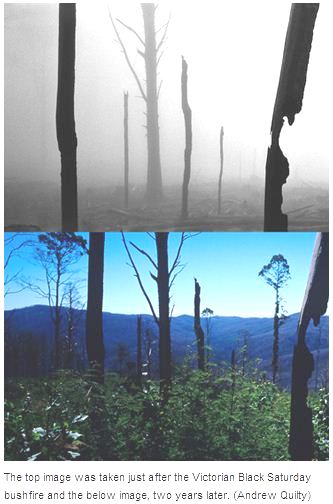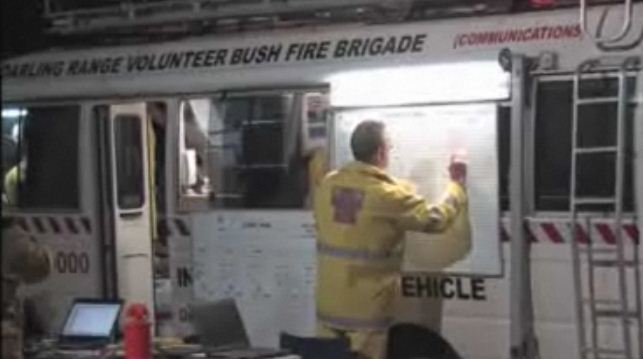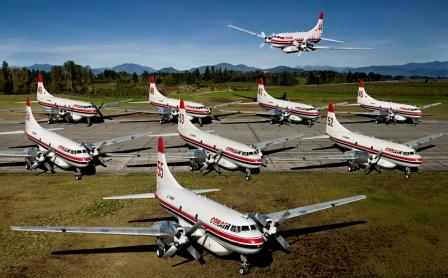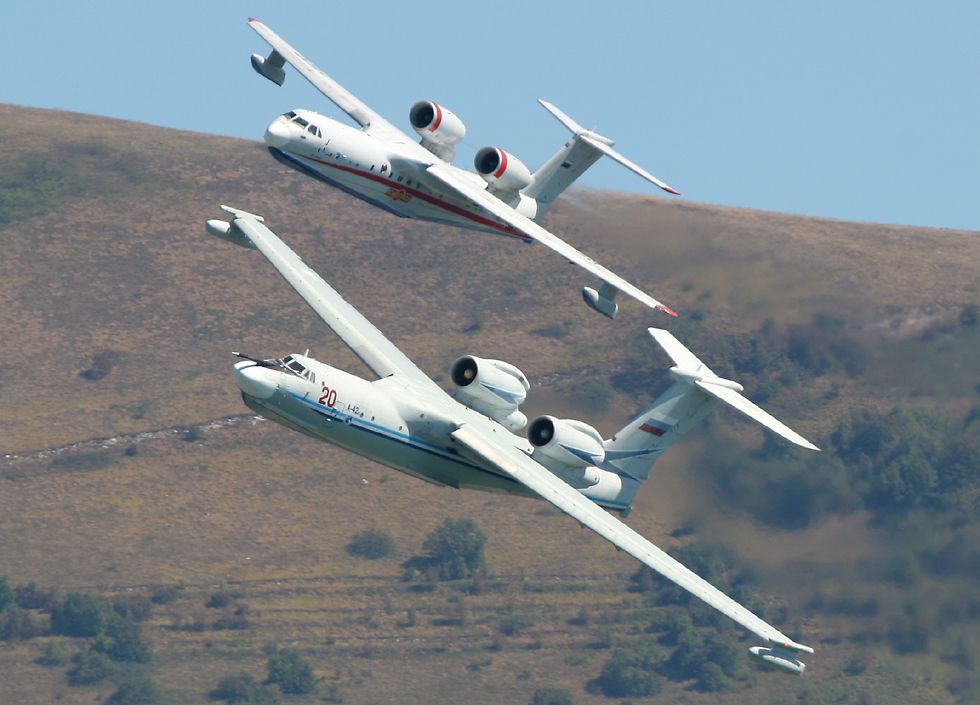A firefighter who worked for the National Parks and Wildlife Service in New South Wales, Australia was killed Friday, Feb. 4 when he was trapped under a falling tree while he was working on a bush fire near Quorrobolong, south of Cessnock (map). Here is an excerpt from an article at The Herald:
===================
A National Parks and Wildlife Service firefighter described as a ‘‘larger than life classic bush character’’ and devoted family man died yesterday doing the job he loved.
John Garland, 65, of Muswellbrook, was killed after a tree fell on him during a bushfire operation at Quorrobolong, south of Cessnock.
The father of six and great-grandfather was a divisional commander and firefighter with the Upper Hunter office at Scone for the past 11 years.
Regional manager Robert Quirk described him as a ‘‘truly wonderful human being who loved his job’’.
Mr Quirk said that at 65, Mr Garland was not ready for retirement and was talking about staying until he was 70.
‘‘He was fit and strong and worked as hard as anyone – it showed the measure of the man,’’ he said.
Mr Quirk said he had a love of the forest and had worked in the timber industry before joining the national parks.
‘‘He was passionate about his job, he was always the first one on and last one off the fire ground,’’ he said.
‘‘He had a sense of pride, that he was working on behalf of the community.’’
Mr Quirk said Mr Garland was an occupational health and safety committee member. He was ‘‘one of the safest blokes’’ he knew and would have had ‘‘his eyes open to everything’’.
‘‘It is just an awful tragedy,’’ he said. ‘‘It goes to show how dangerous fighting fires is.
‘‘… he was doing what he loved.’’
The accident occurred about 12.30pm near a 70hectare bushfire at Baraba Lane, which had been burning since Monday.
NPWS head Sally Barnes said in a statement that Mr Garland, an advanced tree feller, was working to remove problem trees from the fire ground when the incident occurred.
She said crews worked frantically to free him but he died before the tree could be moved.
Ms Barnes said the accident devastated colleagues. Mr Garland was an experienced, senior firefighter and much-loved mentor.
=========================
Our condolences go out to Mr. Garland’s family and co-workers.







